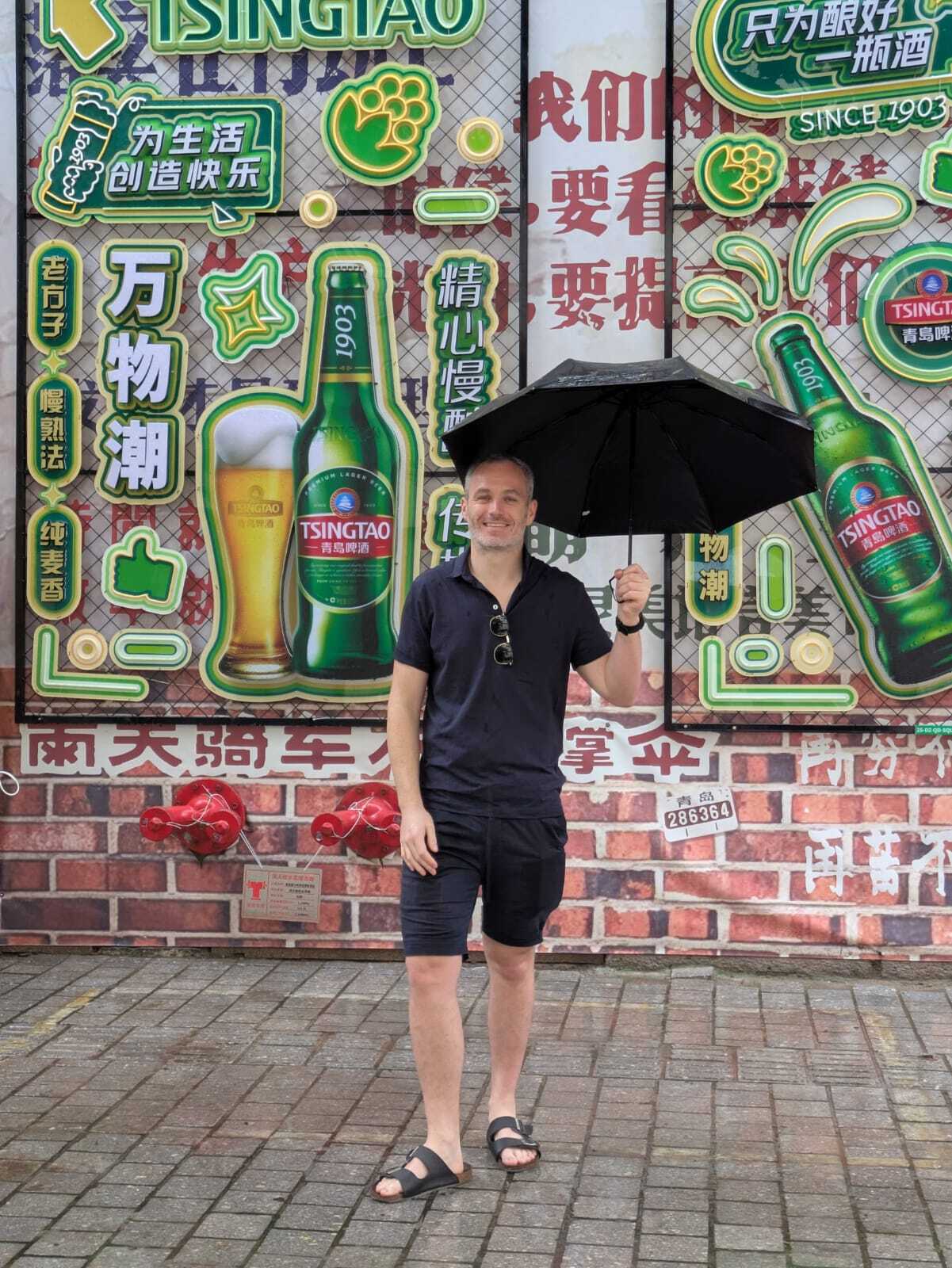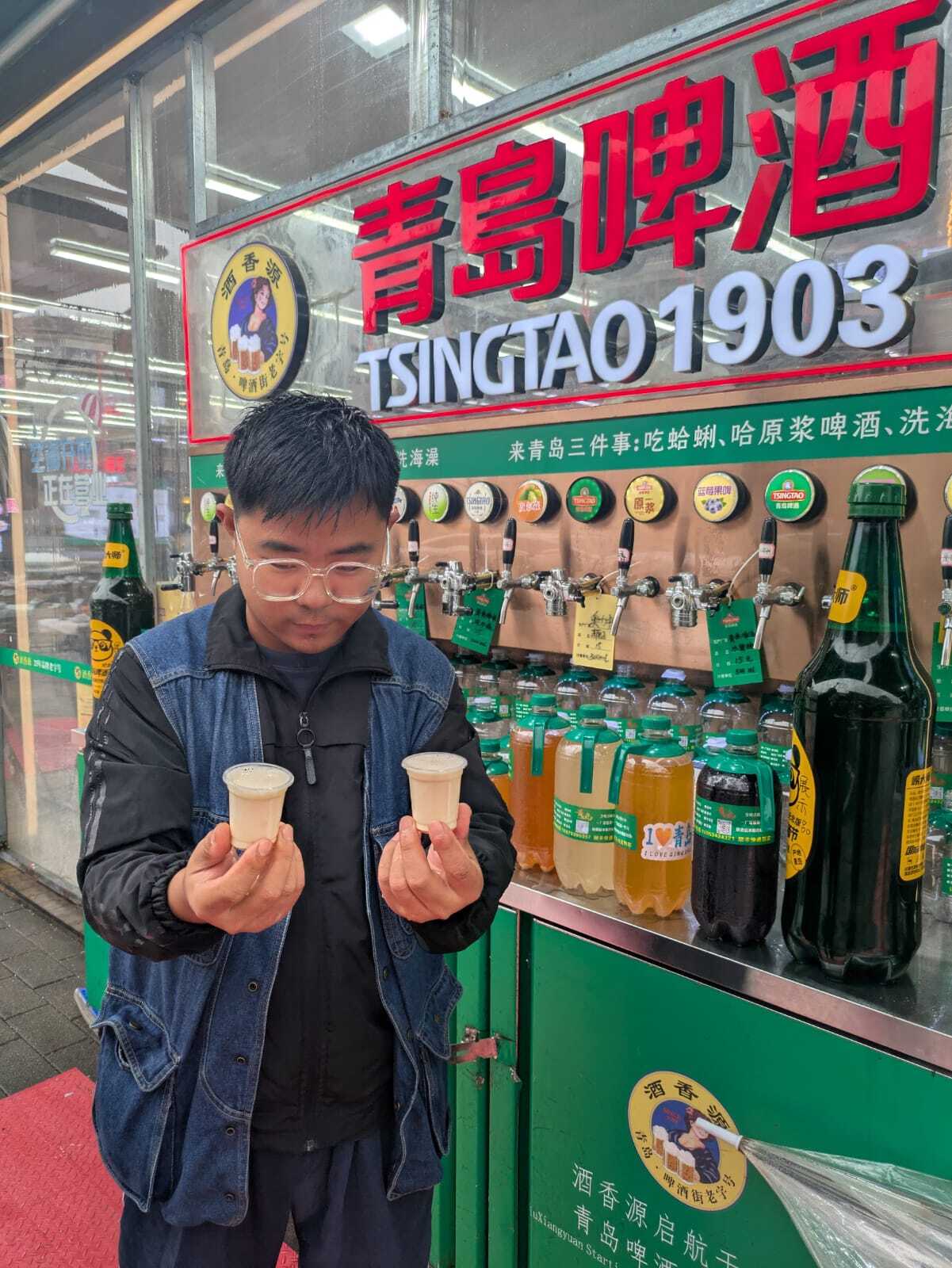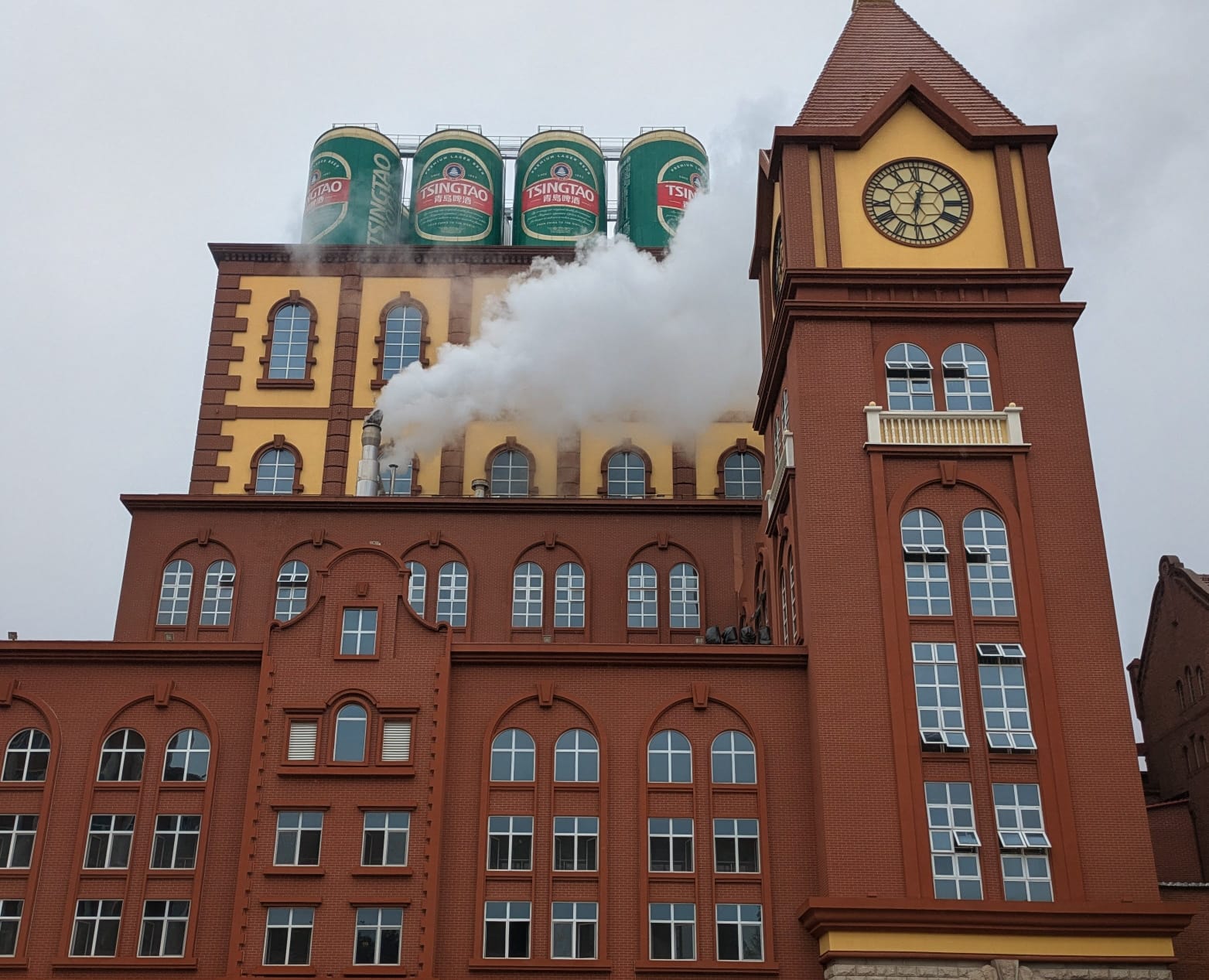I can’t remember my first bottle of Tsingtao Lager. Not because I’d had too many that night (an occupational hazard of any beer drinker) but because there was nothing extraordinary about it.
That’s what a good commercial lager does.
And what a good brand does, is become routine before you even know it.
That was Tsingtao for me. Another Asian lager, like Asahi, Chang or Lion that I’d happily drink, in lieu of finding something a little more adventurous like an Imperial Russian Stout (Black coffee drinker here) or Hazy Triple IPA.
That was until I heard the origins of the brewery and more saliently the seaside city on China’s East Coast that’s story is intertwined with Tsingtao’s.
As Guinness is Dublin
As Heineken is Amsterdam
So is Tsingtao, Qingdao

In 1897, a naval fort in the area in which Qingdao is now located was seized by German troops who had been surveying the area.The preindustrial, waning Qing Empire was forced to concede the area to Germany the following year, and the Kiautschou Bay concession, as it became known, existed from 1898 to 1914.
In the early stages of that occupation German businessmen launched China’s first brewery, Germania.
This soon became Tsingtao, the name of the city before its name change to Qingdao.
The beer was brewed under the German Beer Purity Law, known as the Reinheitsgebot. Which originated in Bavaria in 1516 and now applies to all of Germany, dictating that beer may only contain water, barley malt, hops, and yeast.
The only difference from Bavaria? This water came from the sublime Laoshan spring.
Beer wasn’t popular in China in the early 1900s, it was seen as an imperialist product and was only consumed by the elite, urban Chinese, and westerners.

You’re starting to understand the cross-cultural Innovation play here right?
Well hold on a second, there’s a third party in this one.
Enter Japan, who occupied German-controlled Qingdao at the outbreak of World War I. Forcing the then named Anglo-German Brewery Co. Ltd. into liquidation before it was taken over by the Dai-Nippon company (now Asahi).
In 1922 the brewery finally fell under Chinese control before again being occupied by the Japanese alongside China during World War 2.
After the Communist party came to power and the People's Republic of China was formed, Chairman Mao Ze-Dong implemented the Great Leap Forward, and beer production more than doubled.
During the early communist era, marketing was linked with propaganda. However, beer remained an elitist product in China, as many civilians could not afford beer. Much of the Tsingtao beer produced was made for export, as it became acceptable to ship internationally in 1954.
With the beer being designated by Beijing as the official export beer of China in 1979.
In 1993 the Tsingtao Brewery Company Limited was formed, merging four breweries that produced the beer with the company successfully listing on the Hong Kong Stock Exchange just 2 years later.
Subscribe for more stories like this in your inbox fortnightly

Fast forward to the present day and Tsingtao remains the No. 1 brand in China's beer industry (and by some estimations Asia) and a leading company in the world's largest beer-consuming country.
It is also one of the most recognisable beer brands the world over. Reaching over 100 countries and brewing an impressive 18 billion bottles annually – that's roughly 40,000 bottles enjoyed every minute worldwide.
Including the two I drank while writing this piece!
Tsingtao's influence, however, isn't limited to physical distribution.
In 1991, the brewery launched its first ‘International Beer Festival’, which has occurred annually since. Initially, it was to promote Tsingtao for local consumption, but it has since grown to include many international beers, and promote local culture and international tourism in Qingdao, and is China’s version of Munich’s Oktoberfest.
Tsingtao was also a major sponsor of the 2008 Beijing Olympics, is now a Global top 500 brand and has launched recent partnerships with brands like food delivery platforms like Just Eat Takeaway, Uber Eats, and Deliveroo.

Colonisation is never something to celebrate.
Though there’s beauty to be found in even the most trying places. Especially when two very distinct cultures come together at the convergence of heritage.
With Germany’s famous cultivation of world class beer.
Meeting China’s manufacturing and export process.
That’s an Innovation story that’s worth a toast (or two).
I spent 3 glorious Autumn days in Qingdao recently and the city with its idyllic Gothic and Romanesque architecture, is another living example of this unique blend of East and West coming together.
Sitting watching the Sun set over the Yellow Sea, with my Tsingtao wheat beer in hand, I couldn’t help but reflect on this marriage of culture and how often true innovation happens amidst the Venn Diagram of several great things coming together.
Cheers to that!





